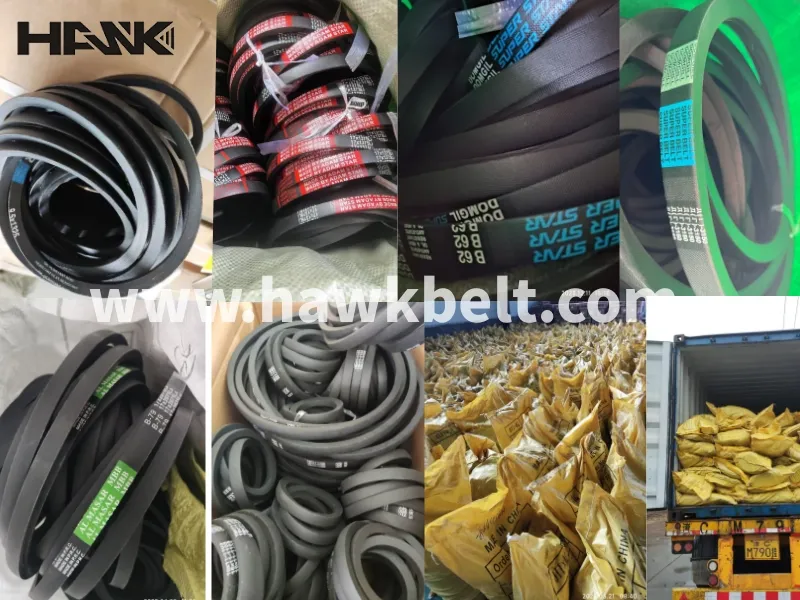- Arabic
- French
- Russian
- Spanish
- Portuguese
- Turkish
- Armenian
- English
- Albanian
- Amharic
- Azerbaijani
- Basque
- Belarusian
- Bengali
- Bosnian
- Bulgarian
- Catalan
- Cebuano
- Corsican
- Croatian
- Czech
- Danish
- Dutch
- Afrikaans
- Esperanto
- Estonian
- Finnish
- Frisian
- Galician
- Georgian
- German
- Greek
- Gujarati
- Haitian Creole
- hausa
- hawaiian
- Hebrew
- Hindi
- Miao
- Hungarian
- Icelandic
- igbo
- Indonesian
- irish
- Italian
- Japanese
- Javanese
- Kannada
- kazakh
- Khmer
- Rwandese
- Korean
- Kurdish
- Kyrgyz
- Lao
- Latin
- Latvian
- Lithuanian
- Luxembourgish
- Macedonian
- Malgashi
- Malay
- Malayalam
- Maltese
- Maori
- Marathi
- Mongolian
- Myanmar
- Nepali
- Norwegian
- Norwegian
- Occitan
- Pashto
- Persian
- Polish
- Punjabi
- Romanian
- Samoan
- Scottish Gaelic
- Serbian
- Sesotho
- Shona
- Sindhi
- Sinhala
- Slovak
- Slovenian
- Somali
- Sundanese
- Swahili
- Swedish
- Tagalog
- Tajik
- Tamil
- Tatar
- Telugu
- Thai
- Turkmen
- Ukrainian
- Urdu
- Uighur
- Uzbek
- Vietnamese
- Welsh
- Bantu
- Yiddish
- Yoruba
- Zulu
ມ.ກ. . 14, 2025 11:57 Back to list
90916-T2022 PK Belt 7PK1870 For Toyota
Replacing the serpentine belt in your vehicle can be a daunting but necessary task to ensure your engine runs smoothly. This critical component keeps your alternator, power steering pump, water pump, and air conditioning compressor functioning in harmony. Here's a step-by-step guide grounded in professional automotive expertise to help you navigate the installation process confidently.
Once the new belt is aligned, apply pressure to the tensioner pulley to slip the belt over the last pulley. Ensure that the belt sits squarely on each pulley, with no twists or misalignments, as this can lead to premature wear or slippage. Release the tensioner slowly, allowing it to apply the appropriate pressure on the belt. Proper tension is crucial as both overly tight and too loose belts can cause engine malfunctions. Upon installation, manually rotate the crankshaft two full rotations with the serpentine belt in place. This step confirms that everything is in position and moves freely. Listen for unusual noises and inspect visually for any misalignment or tension issues. To solidify the belt's secure placement, start the engine and let it idle. Watch for any shaking or slipping in the belt’s movement. A smoothly operating belt should function silently and without visible issues. The process of installing a serpentine belt may seem intricate, but through careful adherence to these steps, you can effectively perform this maintenance task. Armed with this guide, you’ve harnessed both the necessary know-how and attention to detail that underscores the importance of precise automotive upkeep. This experience not only extends your vehicle's longevity but also fosters trust in your ability to manage essential car maintenance. Regularly revisiting such maintenance ensures reliable vehicle performance, safeguarding both your investment and safety on the road. With expertise rooted in comprehensive care and preventative measures, the serpentine belt replacement underlines a commitment to detail, durability, and dependability.


Once the new belt is aligned, apply pressure to the tensioner pulley to slip the belt over the last pulley. Ensure that the belt sits squarely on each pulley, with no twists or misalignments, as this can lead to premature wear or slippage. Release the tensioner slowly, allowing it to apply the appropriate pressure on the belt. Proper tension is crucial as both overly tight and too loose belts can cause engine malfunctions. Upon installation, manually rotate the crankshaft two full rotations with the serpentine belt in place. This step confirms that everything is in position and moves freely. Listen for unusual noises and inspect visually for any misalignment or tension issues. To solidify the belt's secure placement, start the engine and let it idle. Watch for any shaking or slipping in the belt’s movement. A smoothly operating belt should function silently and without visible issues. The process of installing a serpentine belt may seem intricate, but through careful adherence to these steps, you can effectively perform this maintenance task. Armed with this guide, you’ve harnessed both the necessary know-how and attention to detail that underscores the importance of precise automotive upkeep. This experience not only extends your vehicle's longevity but also fosters trust in your ability to manage essential car maintenance. Regularly revisiting such maintenance ensures reliable vehicle performance, safeguarding both your investment and safety on the road. With expertise rooted in comprehensive care and preventative measures, the serpentine belt replacement underlines a commitment to detail, durability, and dependability.
Share:
Latest news
-
Korean Auto Parts Timing Belt 24312-37500 For Hyundai/Kia
NewsMar.07,2025
-
7PK2300 90916-T2024 RIBBED BELT POLY V BELT PK BELT
NewsMar.07,2025
-
Chinese Auto Belt Factory 310-2M-22 For BMW/Mercedes-Benz
NewsMar.07,2025
-
Chinese Auto Belt Factory 310-2M-22 For BMW/Mercedes-Benz
NewsMar.07,2025
-
90916-02660 PK Belt 6PK1680 For Toyota
NewsMar.07,2025
-
drive belt serpentine belt
NewsMar.07,2025

